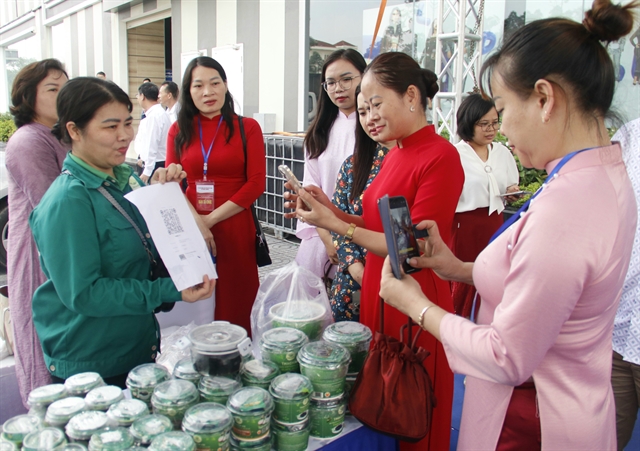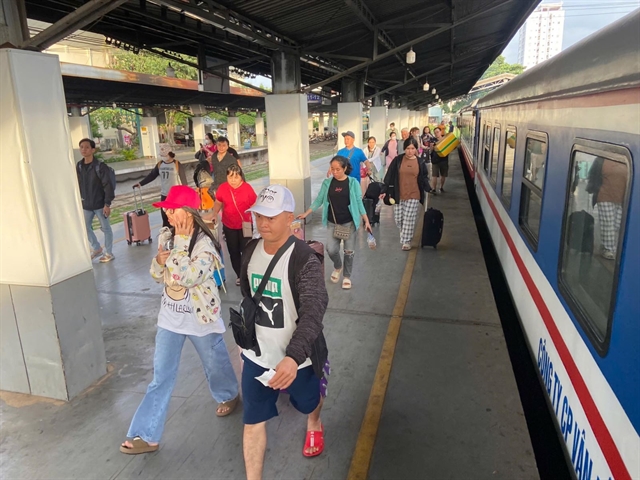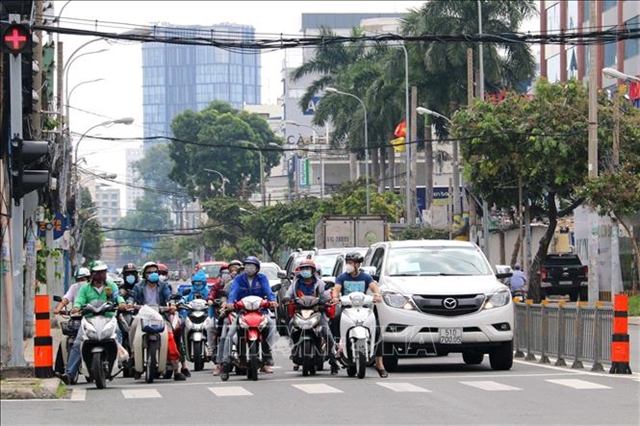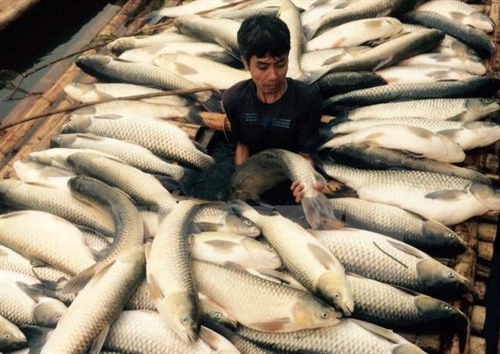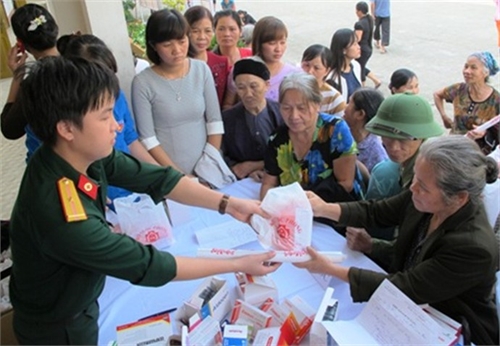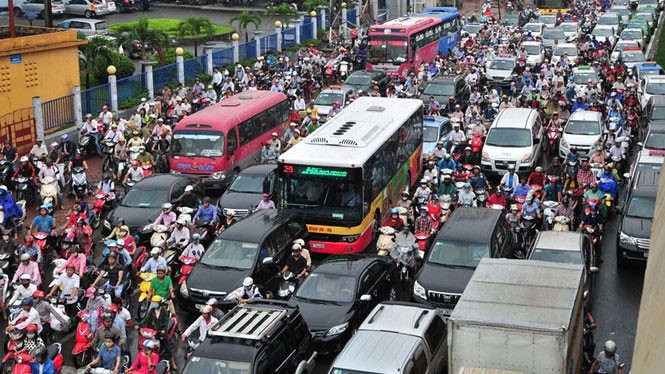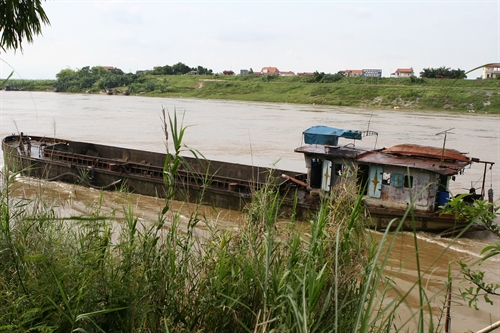
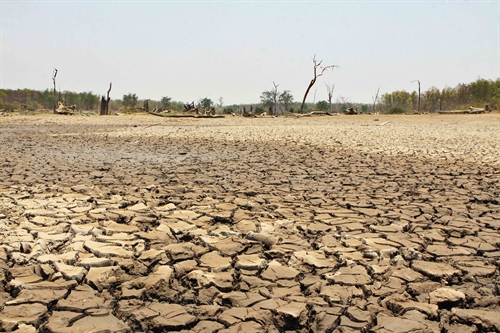 |
| A reservoir in Ea Súp District in the Central Highlands province of Đắk Lắk has dried up due to the ongoing drought. The drought, which has endured for two months, halted nearly 200 irrigation projects in the province. - VNA/VNS Photo Dương Giang |
HÀ NỘI – Disasters such as drought, salt water intrusion and severe cold have already caused higher financial losses this year than last year.
Deputy minister of Agriculture and Rural Development Vũ Văn Tám talked about this at yesterday’s teleconference on reviewing disaster preparedness and search and rescue activities in 2015 and 2016.
According to Tám, the losses caused by disasters early this year reached over VNĐ9.7 trillion (US$440 million) versus last year’s loss of VNĐ8.9 trillion ($404 million).
The Ministry of Agriculture and Rural Development (MARD) reported that in the first months of this year, cold weather hit the northern region, while severe drought and saline intrusion hit the provinces in the central region, Tây Nguyên (Central Highlands) and Cửu Long (Mekong) Delta.
The unexpected weather situation badly damaged agricultural production, the ministry said.
Since earlier this year, natural disasters destroyed 290,000ha of rice, over 161,000ha of industrial trees and orchards, and 64,000 heads of cattle and poultry.
Disaster preparedness still shows shortcomings, due to lack of finances.
“The natural calamity preparedness has had shortcomings. The forecast has faced many difficulties and challenges, due to extreme and unusual climate developments,” said Tám.
“Investment in weather forecasting activity is still modest too,” he said.
At the meeting, Deputy prime minister Trịnh Đình Dũng also pointed out shortcomings and difficulties in natural calamity prevention and climate change preparedness.
“Monitoring and hydro-meteorological forecasts for extreme calamities, such as whirlwinds and flash floods, has fallen short due to low-tech equipment and lack of monitoring stations,” said the deputy Prime Minister.
For example, setting up plans for storing and discharging water in reservoirs is difficult, due to poor forecasting of rainfall and floods. This results in lack of water for daily life and production in the dry season.
Information dissemination about disaster preparedness has also been insufficient, Dũng said.
To cope better with natural calamities and to limit the risks of climate change, the leader asked ministries, localities and relevant offices to mobilise investment capital for approved projects to improve the quality of weather forecasting; enforce river and sea dyke systems, and reservoirs; build harbours as ship shelters; draft evacuation plans; and to set up tsunami warning and reservoir monitoring systems.
The Steering Committee for Natural Disaster Prevention and Control was asked to draft safety measures for super storms and floods.
Meanwhile, the National Committee for Search and Rescue was requested to co-operate with local authorities to review search and rescue plans, as well as to check rescue equipment.
The Ministry of Industry and Trade was assigned to monitor and operate reservoirs to ensure safety for irrigation works and sufficient water for agricultural production in the dry season.
Assistance needed
Local authorities lack the funds to overcome the consequences of disasters and to support affected people adequately.
Nguyễn Đức Quyền, deputy chairman of People’s Committee of central Thanh Hóa Province, said “since earlier this year, severe cold spells, whirlwinds and hailstorms caused damages of VNĐ475 billion ($21.5 million)”.
He asked the central government to provide funds for resettling people’s lives and restoring production.
Meanwhile, the southernmost province of Cà Mau proposed that the Government give it VNĐ315 billion ($14 million) in urgent assistance for a safe water system and dyke reinforcement.
Along with financial support, the leader of southern Ninh Thuận Province asked that 4,000 tonnes of rice also be provided for people in disaster-prone areas.
In the long term, the province needs the Government to provide money for building reservoirs and a dyke system. -- VNS
